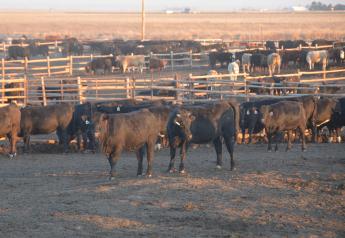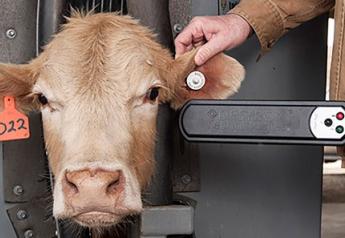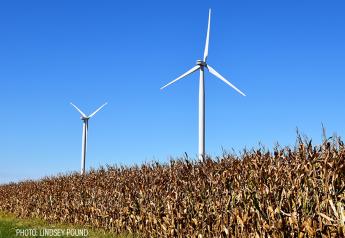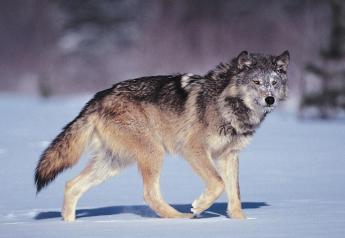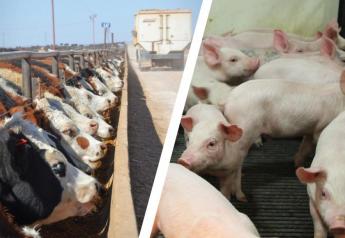Soaring SRW Wheat Futures Shatter All-Time High as Crisis in Ukraine Continues
Market Rally 030422
Soft Red Winter (SRW) futures hit an all-time high Friday before retreating back, as consecutive limit up trading days meant wheat prices topped a previous high set in 2008. Earlier this week, prices had shot to a 14-year high.
"On the continuous futures, the Chicago March winter wheat futures contract set a then all-time high of $13.34 1/2 cents on Feb 27, 2008. Today, the March 2022 has traded to $13.40. So on some continuous charts, a new record today," says Bill Nelson of ProFarmer. "The wonky part of this is that today's record is for wheat futures in delivery. The comparable data from 2008 are for wheat futures ahead of delivery. Some will dispute today being a record because it is for futures in delivery. Others will make no distinction."
The wheat and corn market continued to find fuel this week from the ongoing crisis in Ukraine. Both countries account for 30% of the global wheat production.
"When you have those two countries in a conflict, you're talking about a third of the world's wheat production," says Chandler Goule, CEO of National Association of Wheat Growers (NAWG). And as the winter wheat–which is what Ukraine predominately produces–is starting to come back to life and start to grow and head into that tillering stage here in the next six weeks, if your roads are bombed out, your bridges are bombed out, you can't get into your field because maybe your field has had destruction, it means trouble. This is the ample time to be putting on your crop protection tools, your fertilizer, and all those other risk management tools you need to increase your yield production. And if that doesn't happen, not only with what Russia is doing, but the decreased production in Ukraine, it will be felt globally."
Goule says the winter wheat crop in the U.S. is also painting a bleak outlook, with drought plaguing the Wheat Belt. The climbing prices could prompt U.S. farmers to plant more spring wheat this year.
"I think our spring wheat producers across the country are definitely going to be looking at this price, and trying to determine how long it's going to hold," adds Goule. "But when you really also look at the other factors, the significant increase of input costs, fuel costs, fertilizer costs, wheat is becoming a very attractive commodity if you're if it's able to be grown in your area, just due to our lower cost of production compared to some of our other commodities that we compete with for acreage."


